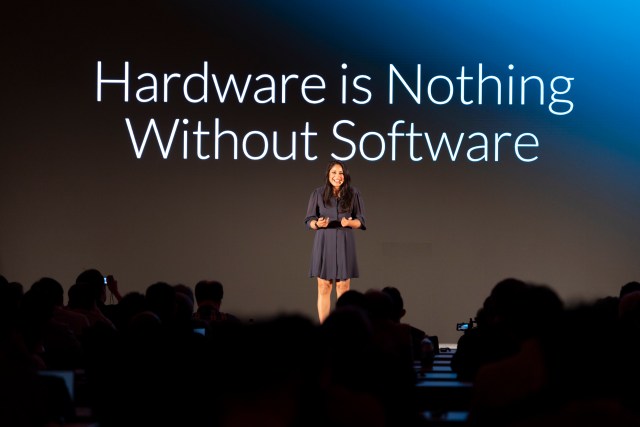As software-defined vehicles (SDVs) become increasingly central to the automotive industry, Arm and Platform for Autonomous Systems (PAS) are working together to drive an important standardization process. Both aim to build a unified framework for SDV by decoupling software and hardware development. This approach not only simplifies the development process, but also enables cross-platform compatibility, providing automakers with more flexible technology options.
Challenges and opportunities
In traditional automotive development, software and hardware are tightly coupled, resulting in long and costly development cycles. With the rise of SDV, hardware platforms need to support dynamic upgrades, while software must be more reusable and adaptable. The core benefits of the decoupled model include:
Modular architecture: Developers can independently upgrade software without replacing hardware, and vice versa.
Standard interfaces: Unified standard interfaces allow development teams to run the same software components on multiple hardware platforms, enabling flexible deployment.
Accelerated innovation: Reduced development time and optimized resource allocation enable organizations to launch new features and services faster.
Key Initiatives:
Unified HMI based on VirtIO to standardize zonal architecture: PAS and Arm leverage VirtIO to virtualize not only devices connected to a central ECU (e.g., CDC/HPC), but also remote devices connected to a regional ECU. They demonstrated a proof-of-concept to implement a display area architecture on an Arm-based architecture using PAS's open-source remote GPU technology and unified HMI. This architecture distributes the GPU load from the central ECU to multiple zone ECUs, reducing heat generation and harness weight without changing the applications running on the central ECU.
Ensuring environmental parity from the cloud to the car: vSkipGen™ for PAS runs on Arm® Neoverse-based™ cloud servers. By maintaining the same Arm CPU architecture and VirtIO device virtualization framework, this move will ensure complete environmental parity between cloud virtual hardware and automotive hardware. PAS and Arm will work together to implement VirtIO in virtual hardware to further bridge the gap between virtual and physical automotive systems.
Expanding VirtIO Standardization: Currently focused on cockpit use cases such as Android Automotive™ and Automotive Grade Linux™, PAS and Arm aim to extend the VirtIO standard to more automotive applications, including standardizing interfaces for real-time operating systems (RTOS) to decouple advanced driver assistance systems (ADAS) software from hardware dependencies.

Figure: Arm and PAS drive SDV standardization (Source: EE Times)
Arm & PAS Vision
As a leading chip architecture design company, Arm's goal with PAS is to establish an open-source, open SDV standard.
Hardware abstraction layer: Arm uses its architecture technology to ensure that the hardware platform has a higher degree of consistency, providing a reliable foundation for software operation.
Development Ecosystem :P AS is committed to bringing together automakers, suppliers, and developers to advance the unification of toolchains and interfaces.
Impact on the automotive industry
This standardization process is not only crucial for traditional car manufacturers, but also has far-reaching implications for the development of autonomous driving and connected technologies. Standardization will greatly reduce development costs and improve the efficiency of industry collaboration. In addition, consumers will benefit from this, as the technology upgrades and compatibility that come with standardization can provide more lasting support and updates to the vehicle.
Future outlook
As the automotive industry moves towards SDV, decoupling software and hardware will become a mainstream trend. Through the efforts of Arm and PAS, the automotive industry is expected to usher in a more efficient and open era of innovation. This initiative not only accelerates the adoption of SDV, but also lays the foundation for the long-term development of the industry.






